Customer Company Size
Large Corporate
Region
- America
Country
- United States
Product
- OmniCube CN-3000
Tech Stack
- VMware
- HP EVA storage arrays
Implementation Scale
- Enterprise-wide Deployment
Impact Metrics
- Cost Savings
- Productivity Improvements
Technology Category
- Infrastructure as a Service (IaaS) - Cloud Storage Services
Applicable Industries
- Food & Beverage
Applicable Functions
- Discrete Manufacturing
- Logistics & Transportation
Services
- Cloud Planning, Design & Implementation Services
- System Integration
About The Customer
Dairylea Cooperative Inc. is the largest milk-marketing organization in the Northeastern United States. The cooperative represents more than 2000 dairy farms that sell more than 6.0 billion pounds of raw milk annually. With more than 100 years of service, Dairylea is a collection of more than a dozen business units, offering everything from laboratory testing to Farm Insurance. With a diverse range of members and offerings, IT is at the heart of Dairylea's success. The cooperative has two IT sites: Syracuse Primary data center and Ithaca DR site 60 miles away.
The Challenge
Dairylea's aging infrastructure consisted of three HP EVA storage arrays for their VMware environment, running over 100 applications critical to Dairylea's business units. While the production environment was stable and meeting the requirements, backup and disaster recovery had been a significant challenge for many years. Continued weekly backup failures and the recognition that recovery from a disaster could take over 48 hours compelled the IT team to seek a replacement to their overall backup and DR approach. Jeremy Wheeler, Dairylea's Innovation Architect, and his team spent months looking for a cost-effective solution that would allow the company to better protect critical data and deliver RPOS of less than 24 hours and RTOs of less than 4 hours in the event of a significant outage or disaster in the primary environment. Given a limited staff, Dairylea needed to ensure that the solution would be simple to manage, and provide a straightforward failover process in the event of a real outage. Given cost constraints, Dairylea needed the solution to be bandwidth efficient and deliver replication without impacting users of the production application environment.
The Solution
Dairylea replaced SAN environments at two sites with four OmniCube CN-3000s in its production environment in Syracuse, New York and two redundant OmniCube CN-3000s in its backup data center 60 miles away in Ithaca, New York. This solution enabled the company to implement a comprehensive backup and recovery strategy with flexible, hourly RPOs and low RTOs at a much lower price than it would have cost to buy and deploy a traditional backup system. Recovery time is now measured in minutes-in the event of an outage, a full VM can be restored or a failover to the backup data center can be initiated with just a few mouse clicks if needed. Because OmniCube combines server and storage in one device, Dairylea is repurposing the old servers from the primary data center to be used in the backup data center. And, Wheeler noted, Dairylea is more confident in its failover and recovery process because with OmniCube makes it quick and simple to test restores of any application at any time.
Operational Impact
Quantitative Benefit

Case Study missing?
Start adding your own!
Register with your work email and create a new case study profile for your business.
Related Case Studies.

Case Study
The Kellogg Company
Kellogg keeps a close eye on its trade spend, analyzing large volumes of data and running complex simulations to predict which promotional activities will be the most effective. Kellogg needed to decrease the trade spend but its traditional relational database on premises could not keep up with the pace of demand.
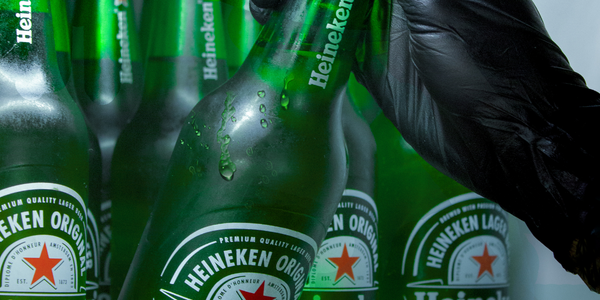
Case Study
HEINEKEN Uses the Cloud to Reach 10.5 Million Consumers
For 2012 campaign, the Bond promotion, it planned to launch the campaign at the same time everywhere on the planet. That created unprecedented challenges for HEINEKEN—nowhere more so than in its technology operation. The primary digital content for the campaign was a 100-megabyte movie that had to play flawlessly for millions of viewers worldwide. After all, Bond never fails. No one was going to tolerate a technology failure that might bruise his brand.Previously, HEINEKEN had supported digital media at its outsourced datacenter. But that datacenter lacked the computing resources HEINEKEN needed, and building them—especially to support peak traffic that would total millions of simultaneous hits—would have been both time-consuming and expensive. Nor would it have provided the geographic reach that HEINEKEN needed to minimize latency worldwide.
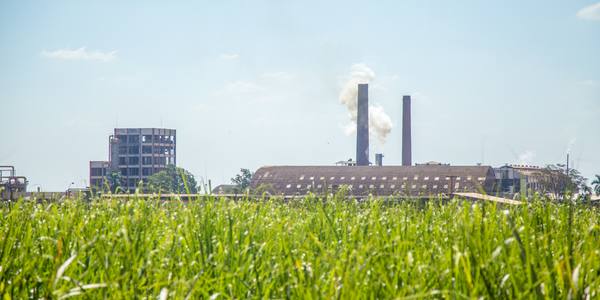
Case Study
Energy Management System at Sugar Industry
The company wanted to use the information from the system to claim under the renewable energy certificate scheme. The benefit to the company under the renewable energy certificates is Rs 75 million a year. To enable the above, an end-to-end solution for load monitoring, consumption monitoring, online data monitoring, automatic meter data acquisition which can be exported to SAP and other applications is required.
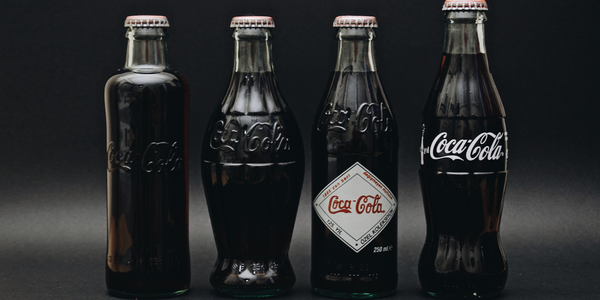
Case Study
Coca Cola Swaziland Conco Case Study
Coco Cola Swaziland, South Africa would like to find a solution that would enable the following results: - Reduce energy consumption by 20% in one year. - Formulate a series of strategic initiatives that would enlist the commitment of corporate management and create employee awareness while helping meet departmental targets and investing in tools that assist with energy management. - Formulate a series of tactical initiatives that would optimize energy usage on the shop floor. These would include charging forklifts and running cold rooms only during off-peak periods, running the dust extractors only during working hours and basing lights and air-conditioning on someone’s presence. - Increase visibility into the factory and other processes. - Enable limited, non-intrusive control functions for certain processes.
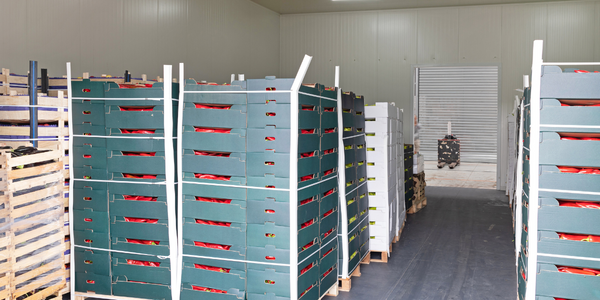
Case Study
Temperature Monitoring for Restaurant Food Storage
When it came to implementing a solution, Mr. Nesbitt had an idea of what functionality that he wanted. Although not mandated by Health Canada, Mr. Nesbitt wanted to ensure quality control issues met the highest possible standards as part of his commitment to top-of-class food services. This wish list included an easy-to use temperature-monitoring system that could provide a visible display of the temperatures of all of his refrigerators and freezers, including historical information so that he could review the performance of his equipment. It also had to provide alert notification (but email alerts and SMS text message alerts) to alert key staff in the event that a cooling system was exceeding pre-set warning limits.
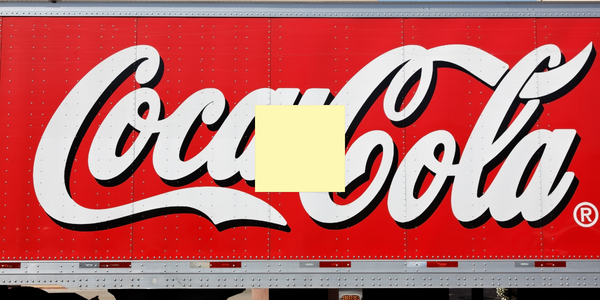
Case Study
Coca-Cola Refreshments, U.S.
Coca-Cola Refreshments owns and manages Coca-Cola branded refrigerators in retail establishments. Legacy systems were used to locate equipment information by logging onto multiple servers which took up to 8 hours to update information on 30-40 units. The company had no overall visibility into equipment status or maintenance history.




---nyse--hpe_1.jpg)


